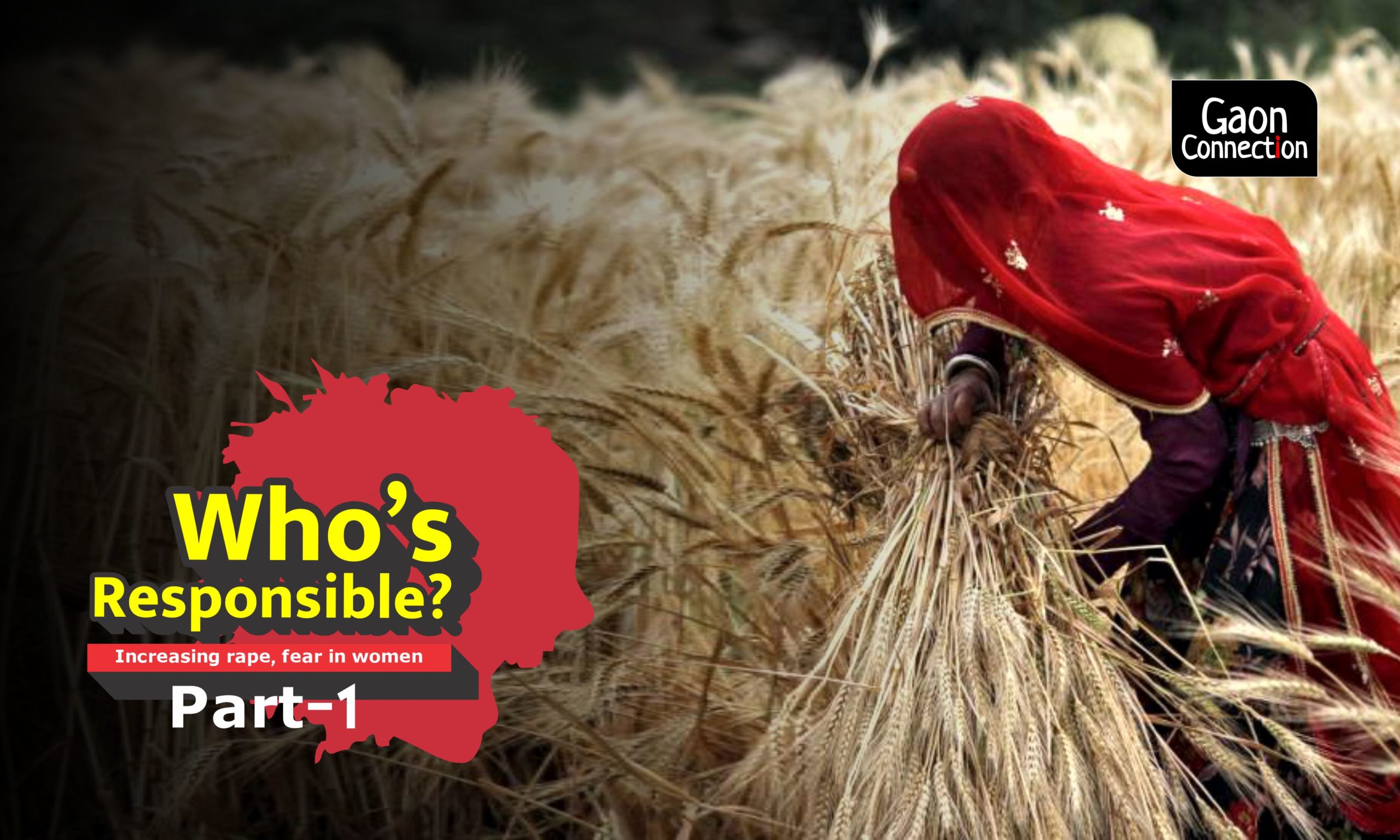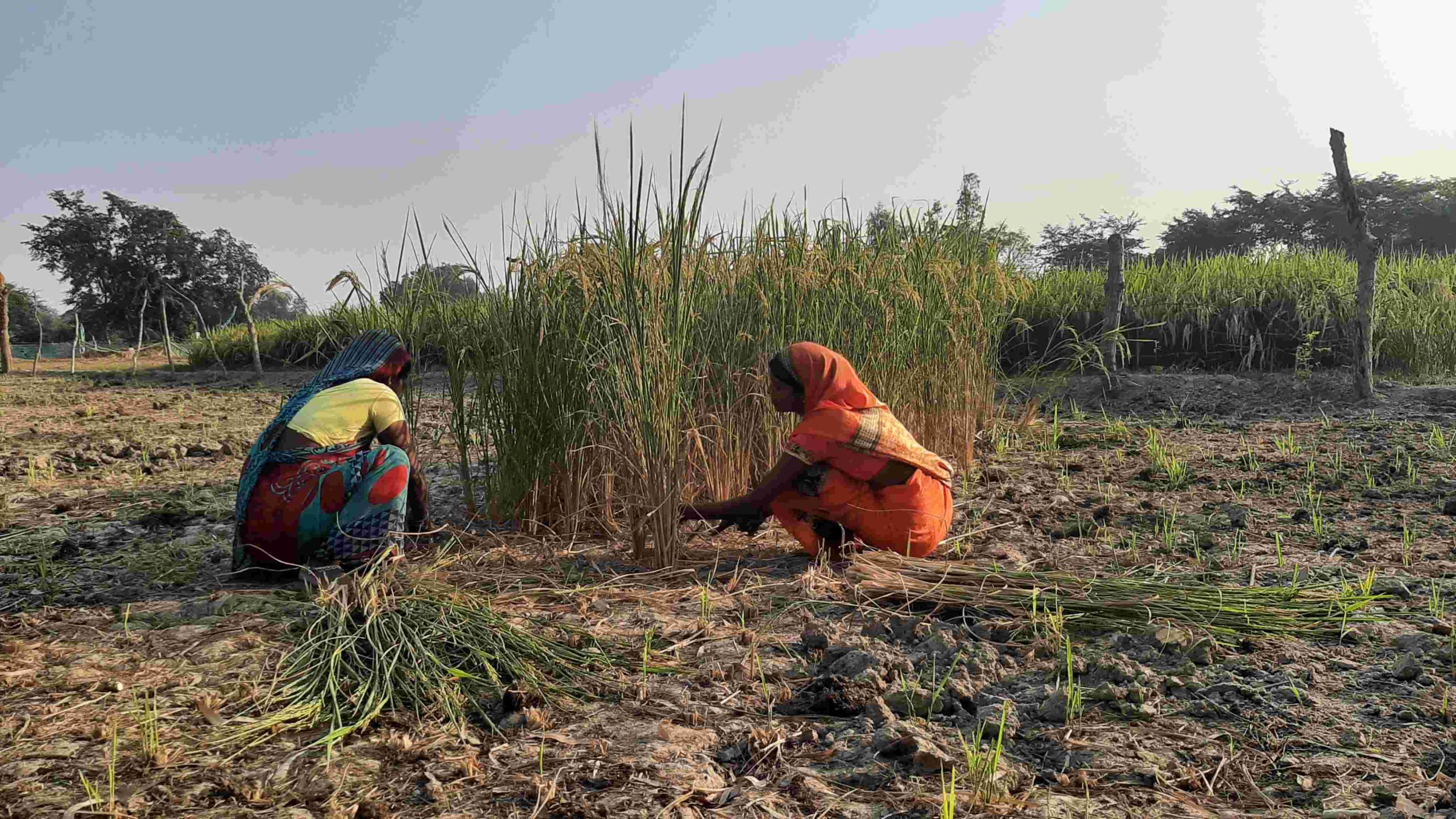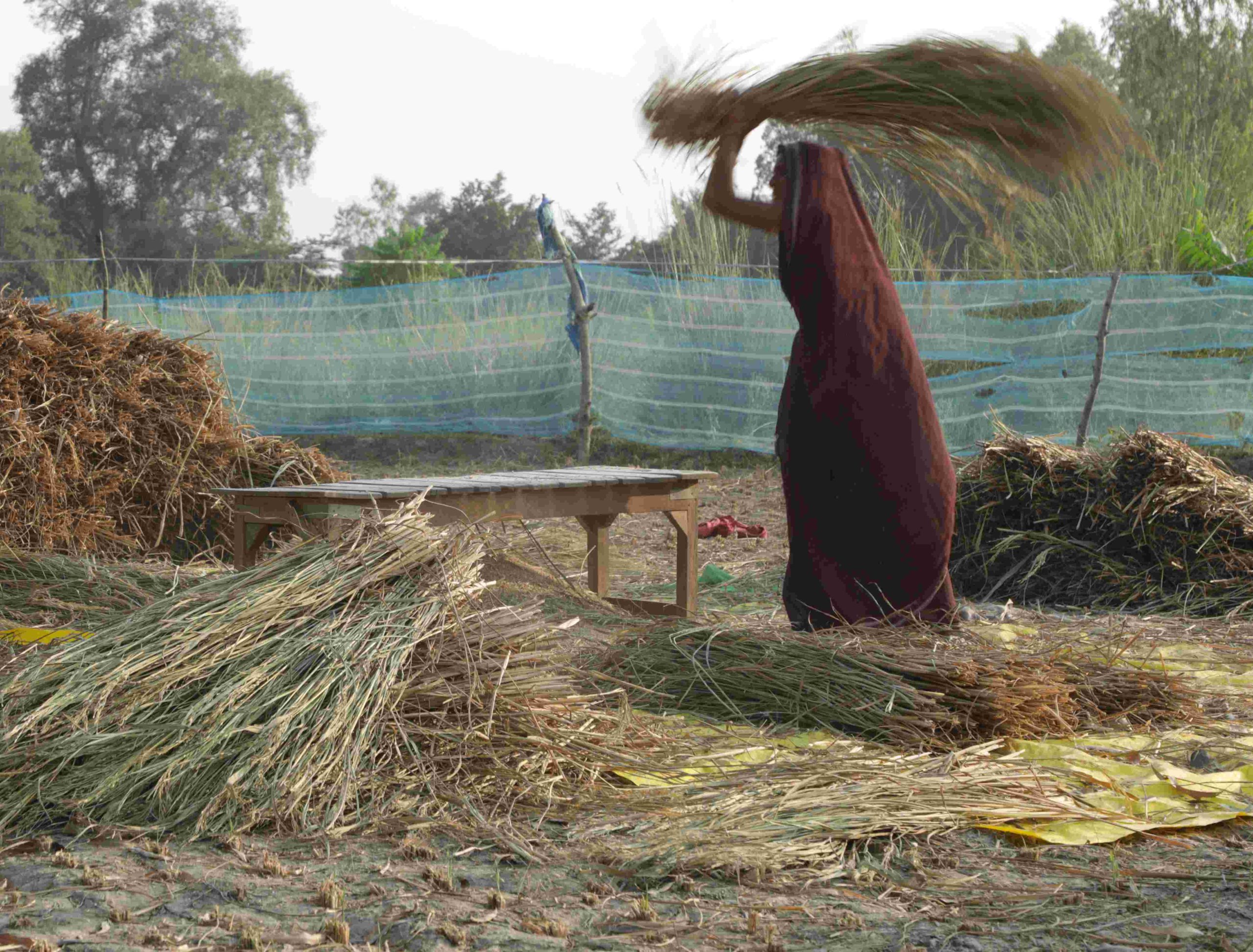Fields of fear: How safe are women farmers and agricultural labourers from gender violence?
More than 2/3rd of agricultural labourers are women, yet the field is a distinctly unsafe space for them, with 78% facing gender discrimination. Sexual exploitation often goes unreported, due to fear and threat of more violence.


The country was gearing up to observe Women Farmer’s Day or the International Day Of Rural Women on October 15. The evening before, two local boys gang-raped and grievously injured a 17-year-old Dalit girl reaping paddy in Tipari village of Barabanki district of Uttar Pradesh, about 600 kilometres from Delhi. She died before seeing dawn break on the day meant to celebrate the 61 million-odd women farmers and agricultural labourers in the country.
The desolate mother of the victim of gender violence regrets not accompanying her daughter to the field. “Had I gone with my bitiya [daughter] to reap paddy that day, she would have been alive,” she told Gaon Connection. She could not go that day because she had an abscess in her leg, and had to look after her six-month-old twins. The girl’s father was at work. The accused have since been arrested.
This is not the first case of sexual violence in the field, neither will it be the last, but it happens with mind-numbing regularity. In the first week of October, a 22-year-old tribal woman working in a field in Kachchh district of Gujarat, was raped. Jalore district in Rajasthan registered two cases of rape this month — both victims were working in the field when they were assaulted. Even in Hathras, the victim was gathering fodder in her field when the assault took place.

From young children to older women, fields have become distinctly unsafe spaces. As per a 17-country study in 2018, undertaken by Corteva Agriscience, the agriculture division of Dow-DuPont, about 78 per cent of women farmers in India face gender discrimination. This, despite the fact women contribute more than 50 per cent to the agriculture sector, worldwide. Rural women contribute to half the world’s food production. As per the Food And Agriculture Organization, their contribution is as high as 70 per cent to 80 per cent in developed countries.
“This is the first time such a violent incident has taken place in our locality, but it is common for us to tolerate the land owner’s abuse for the slightest mistake,” admitted Hoopraja Gautam, the 60-year-old neighbour of the deceased victim from Barabanki. “Many a time, contractors openly harass our daughters and we are forced to look the other way. If we dare speak, we’d lose our livelihood. Who will listen to us?” she asked.
Many other women concurred with Gautam. “We are accused of blaming people to get money out of them,” said 35-year-old Shanti Gautam. “Had this girl not died, no one would have come to know about the rape. Many others have been similarly exploited, but no one had the courage to raise their voice,” she added.
The women here also say they are paid lower wages than the men, and manage to get even that only after much struggle and delay.
In Palamu district, located amidst the dense forests of Jharkhand, women belonging to self-help groups carry an axe with them to the fields and forest. “Going into the jungle means going with an axe. There are wild animals, and we need it for our safety. Even if there is any other threat, whom will we call for help?” asked Rita Devi, who is 35 years old. “We live in a place where even if such a mishap occurs, it would go unreported. Forests and farms are our source of livelihood. And so, we always go there in a group of five or six. We keep calling out to one another frequently as a safety check. So far, we have been safe,” she said.

As per the National Sample Survey Office (NSSO) data, the total share of rural women labour in agriculture, forestry and fisheries across 23 states is 50 per cent. The same report says the percentage of rural women participation in Chhattisgarh, Madhya Pradesh and Bihar is 70 per cent. In West Bengal, Punjab, Tamil Nadu and Kerala, this number is 50 per cent, while it is 10 per cent in Mizoram, Assam, Arunachal Pradesh and Nagaland.
Kavitha Kuruganti is a social worker and member of the Mahila Kisan Adhikaar Manch (MAKAAM), a forum for women farmers’ rights, who has been fighting for the legal rights of women farmers for several years. She told Gaon Connection that incidents of rape and murder are on the rise, and the fields are no longer a safe space for women, despite many laws.
Kuruganti cited the example of Kerala’s panchayats, which have undertaken crime mapping with the participation of women to identify spots most prone to crimes against women. Depending on the category they fall under, the places are colour-coded based on safety standards, and systems set in place to monitor them better. “At the panchayat level, girls are taught martial arts and emphasis is given to counselling and sensitising boys on issues pertaining to girls. The government’s monetary support to this model has brought down the rate of crime. Unless such programmes are launched, there can be no improvement in the safety of women farmers at the village level,” said Kuruganti.

Kerala’s empowering Kudumbashree is a community organisation that brings together women from all spheres in quest of empowerment. The women work in varied sectors, together, finding strength in numbers. The group undertakes regular and organic farming too, and eight to 10 women work as a group in the fields, rendering them less vulnerable, added Kuruganti.
Rural and agricultural economics expert Gian Singh and his team from Punjabi University, Patiala, collected data from 1,017 households across 12 districts of Punjab and the study released in April 2019 showed that 92 per cent of the respondents were Dalits, and that 70 per cent of the surveyed women admitted to being sexually abused. A whopping 90 per cent of them were not aware of the stipulated working hours or minimum wages (more than 36 per cent did not get wages at par with the men).
A woman farmer from Punjab told Gaon Connection on the condition of anonymity that “Molestation occurs often with every woman, but if we complain, we get blamed. Uninformed and poor women labourers face the worst abuse. They are paid lower wages, remain in debt and are burdened with obligations for which employers exploit them,” she pointed out.
And, when a woman raises her voice, instead of redressal, the exploitation only intensifies. “Fearing this, women live with exploitation,” she added.
According to a research by the Food and Agriculture Organization, in the Indian Himalayas, a pair of bulls works 1,064 hours, a man 1,212 hours, and a woman 3,485 hours in a year on a one-hectare farm. A research by the Indian Council of Agricultural Research among nine states shows that women’s participation in the production of major crops is up to 75 per cent.
“We work in the fields for several hours a day. A woman is not safe anywhere, in her house or field. Hearing about another woman being raped scares us, but what can we do? We cannot give up working, and so we are cautious and guarded while in the fields. If we succumb to fear, how will we support our families,” Shivali Mahto, who is 31 years old, and who lives in Rahedih village, about 70 km from East Singhbhum district headquarters in Jharkhand, told Gaon Connection. “Being a woman means living with fear,” she concluded.

